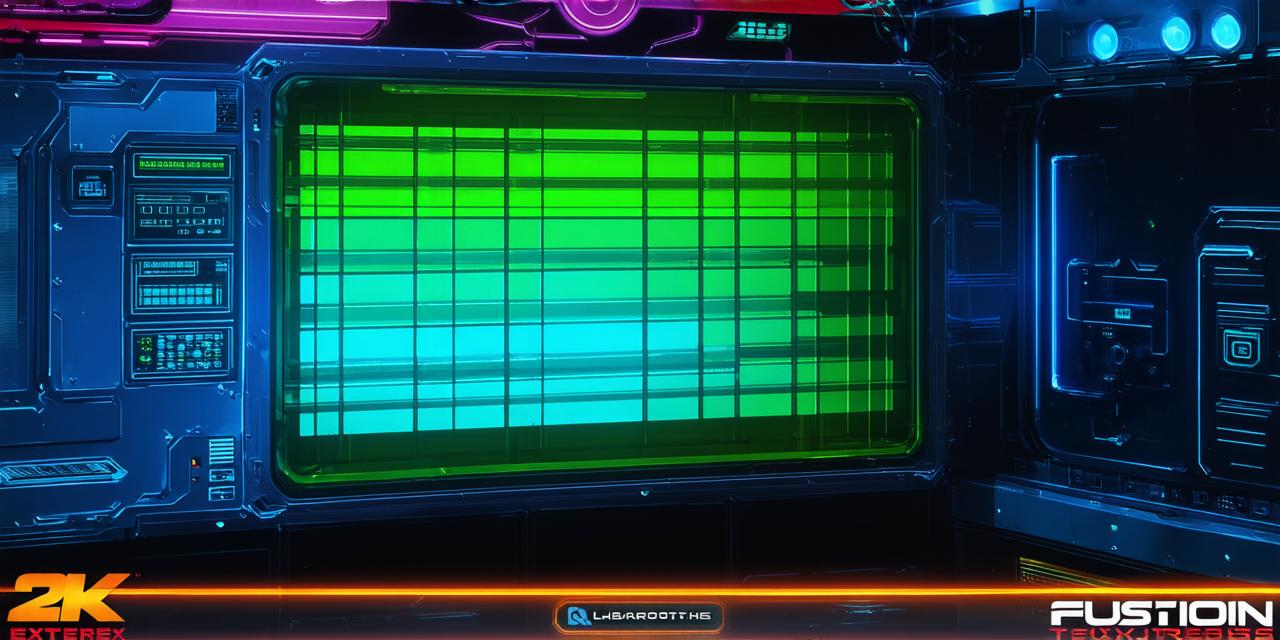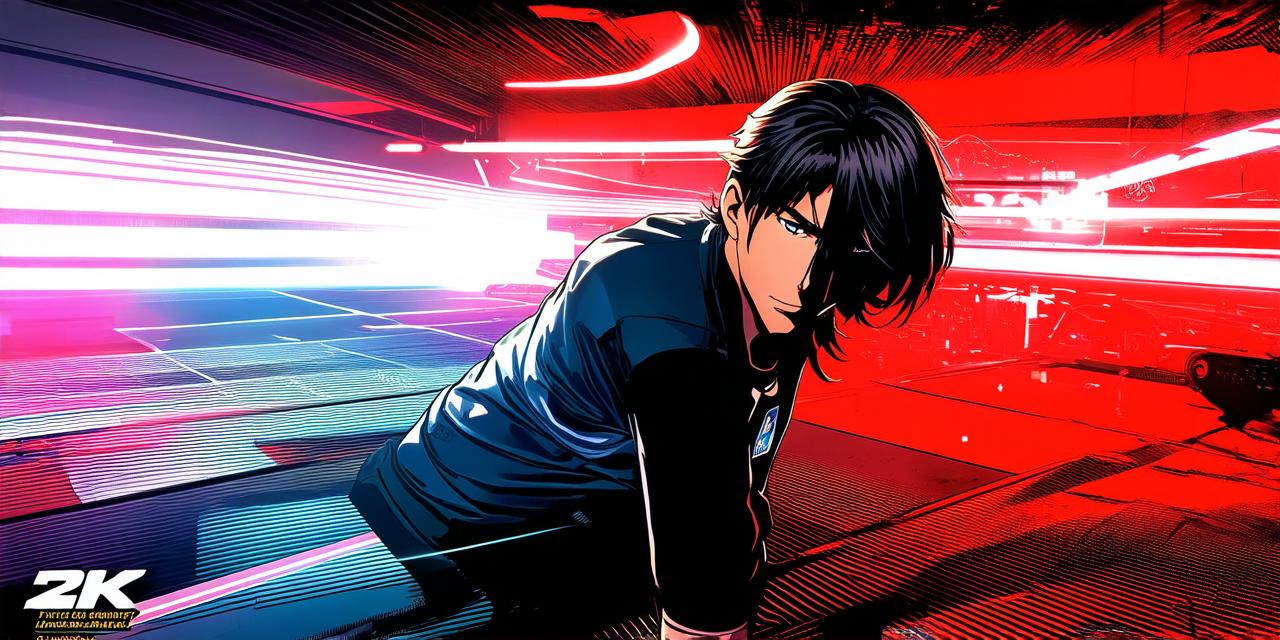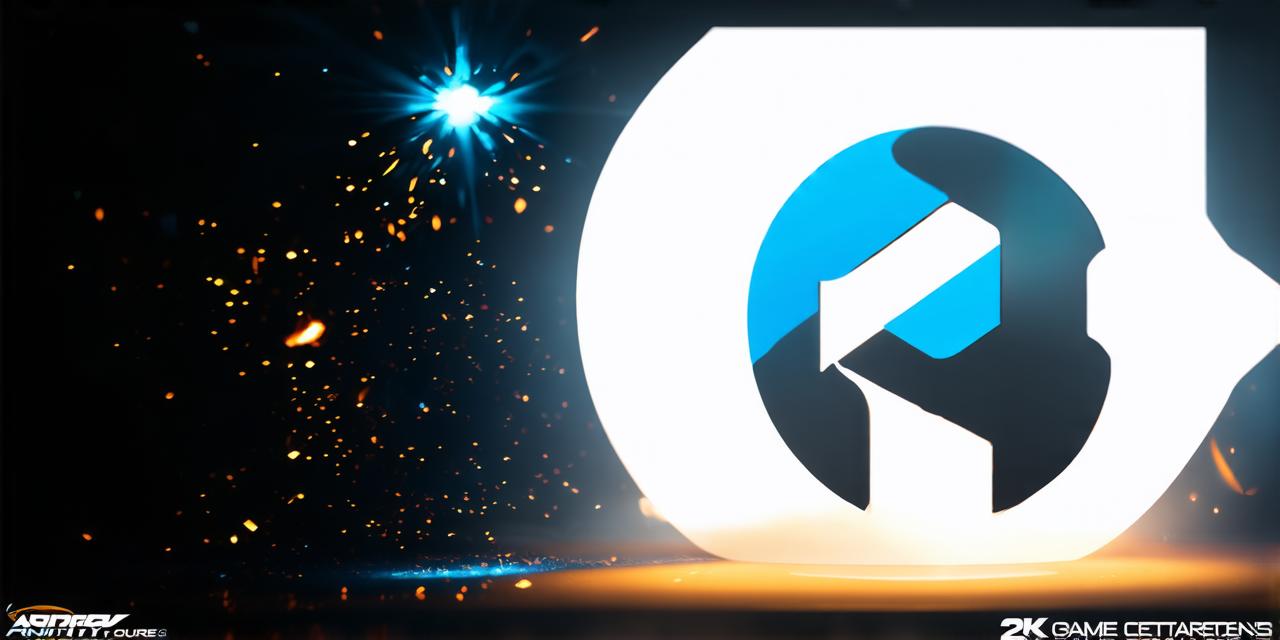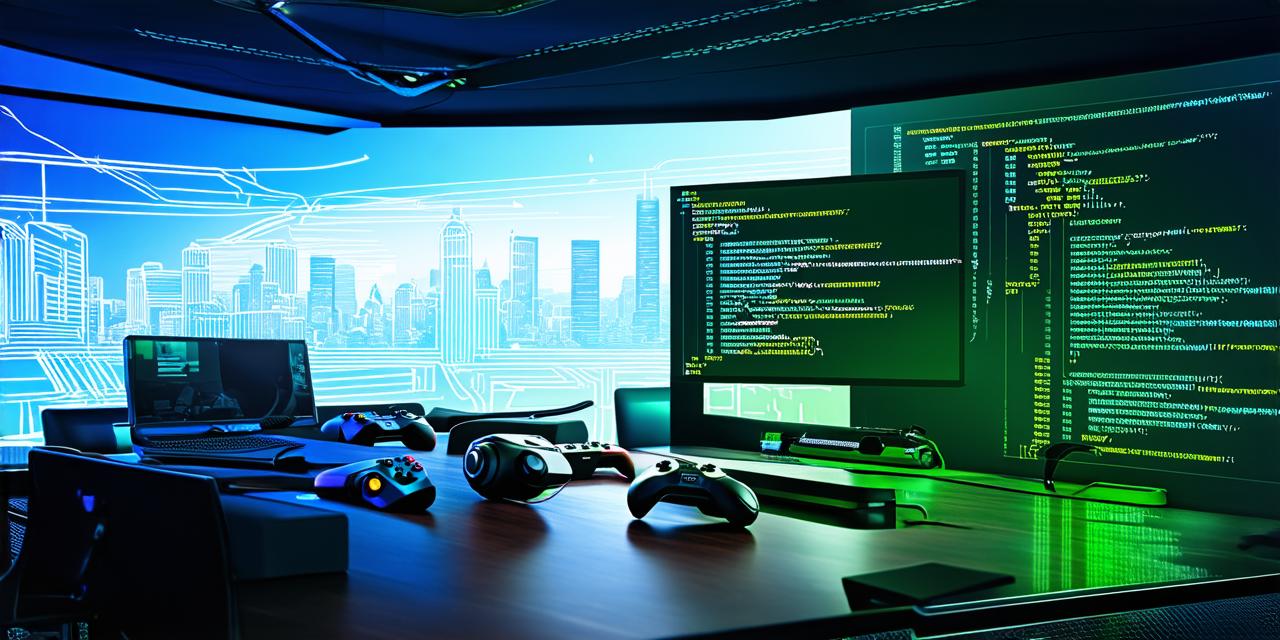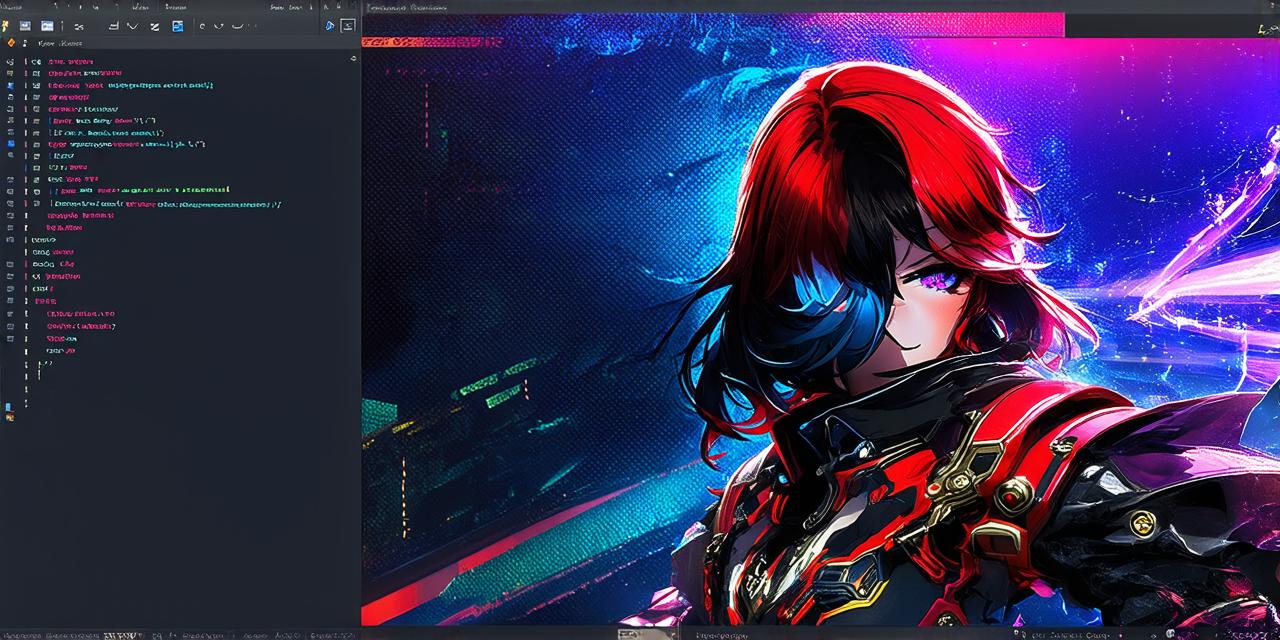Introduction
Game development is an exciting and rapidly evolving field that offers endless opportunities for creativity and innovation. In order to succeed in this industry, it’s essential to have a strong understanding of the fundamentals of game design and development.
In this article, we’ll explore the key concepts and techniques involved in developing a simple 2D platformer game using Unity, one of the most popular game engines on the market. We’ll cover everything from setting up the project to creating the game’s assets and implementing basic gameplay mechanics. By the end of this exercise, you’ll have a solid foundation in game development that you can build upon as you continue your journey in this exciting field.
Setting Up the Project
The first step in any game development project is setting up the environment and tools needed to create the game. In this case, we’ll be using Unity, a powerful and intuitive game engine that allows us to create 2D and 3D games for a variety of platforms.
To get started with Unity, you’ll need to download and install the latest version of the software from the official website. Once you have Unity installed, you can create a new project by selecting “New Project” from the main menu and choosing the type of project you want to create (e.g., 2D Platformer).

Once you’ve created your project, you’ll need to set up the basic environment and assets needed for your game. This includes things like creating a new scene, adding background layers and other environmental elements, and setting up the camera and player character.
Creating Assets
One of the most important aspects of game development is creating high-quality assets that bring the game to life. In Game Development: Laboratory Exercise 1, we’ll focus on creating the assets needed for our 2D platformer game.
This includes things like creating sprites for the player character and enemies, designing levels with platforms and obstacles, and creating animations for the player character’s movements. To create these assets, you’ll need to have a good understanding of graphic design principles and techniques, as well as how to use tools like Photoshop and Illustrator to create and export high-quality images.
Implementing Gameplay Mechanics
Once you’ve created your assets, it’s time to start implementing the gameplay mechanics that will make your game fun and engaging. This includes things like creating a movement system for the player character, adding collision detection and response for enemies and obstacles, and implementing scoring and level progression systems.
To implement these mechanics, you’ll need to have a good understanding of programming concepts and techniques, as well as how to use Unity’s built-in scripting language (C) to create custom scripts and behaviors. You’ll also need to be familiar with various game design patterns and best practices for creating balanced and challenging gameplay.
Case Study: Super Mario Bros. Clone
One great example of a simple 2D platformer game that can be created using Game Development: Laboratory Exercise 1 is a clone of the classic Nintendo game, Super Mario Bros. To create this game, you’ll need to follow many of the same steps we’ve covered in this article, including setting up the project, creating assets, and implementing gameplay mechanics.
However, by recreating such an iconic game, you’ll have the opportunity to learn from the original designers and gain a deeper understanding of what makes a great platformer game. You’ll also have the chance to showcase your skills to potential employers or clients, and perhaps even submit your game to app stores or online platforms.
